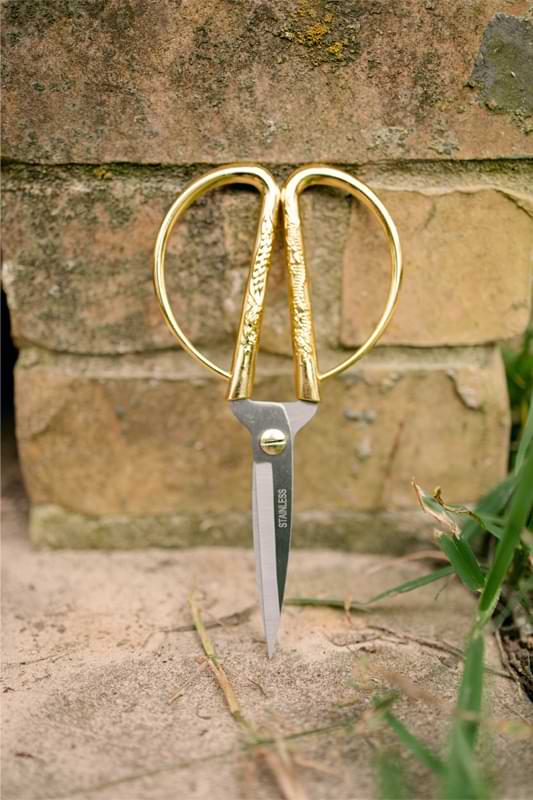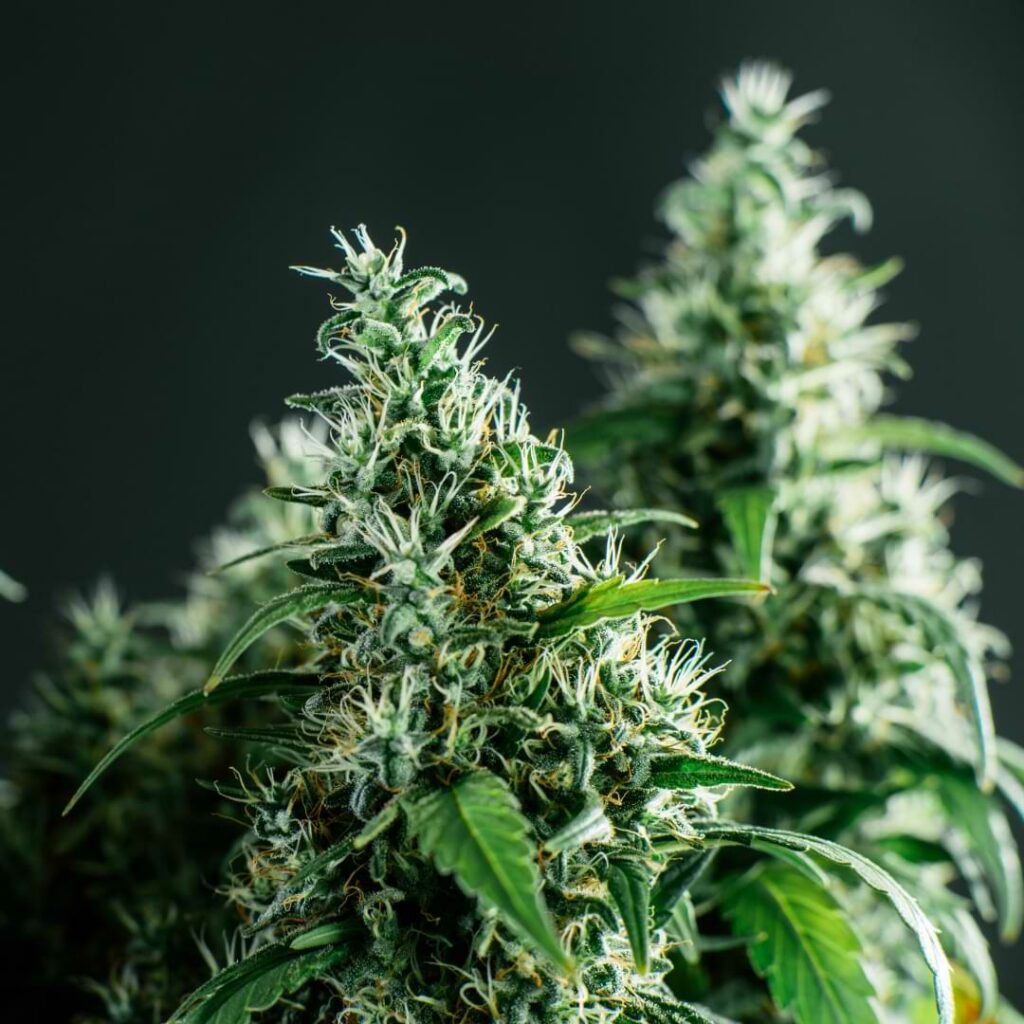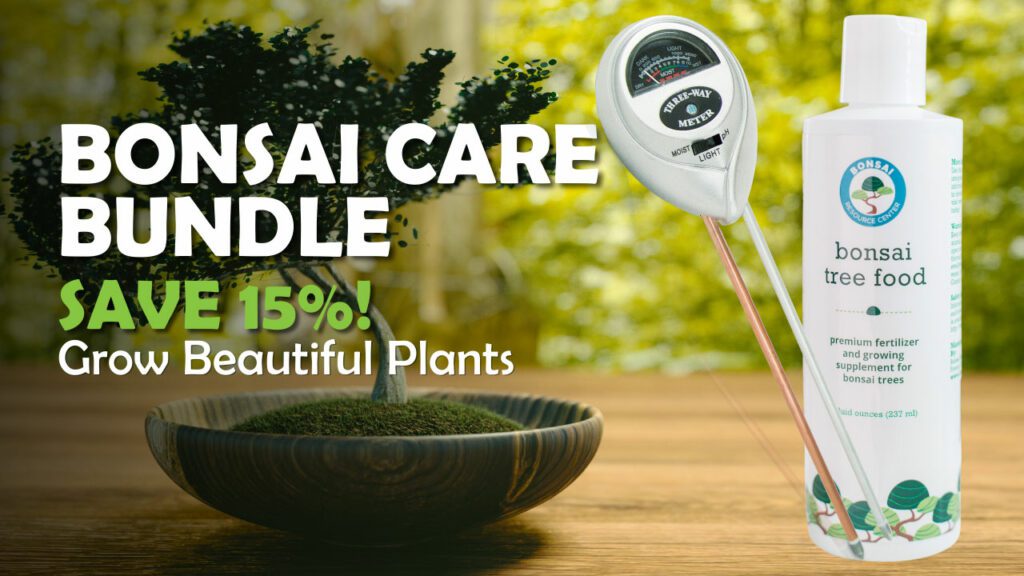Cannabis Bonsai is a unique way to grow your favorite plant. By using the art of bonsai, you can create a beautiful and miniature version of cannabis that is perfect for any home or office. Not only is this method of growing cannabis fun and rewarding, but it is also easy to do. Keep reading to learn how to get started, what supplies you will need, and how to care for your plant.
Is It Possible To Bonsai Cannabis
Bonsai cannabis is a type of cannabis plant that is grown in a pot and trimmed to create a miniature tree-like appearance. While it may seem like a daunting task to create a bonsai cannabis plant, it is actually quite possible with the right guidance. You can actually bonsai any cannabis plant with the right care and techniques, but different varieties may respond to the bonsai method differently.
Cannabis bonsai is a rather new method to grow cannabis plants in western parts of the world, but in eastern parts of the world this is already a common practice, and cannabonsai art will continue to become even more popular because of how simple the process is and because of the beauty this plant can bring to any space.
How To Bonsai A Marijuana Plant
To begin, you will need to select a cannabis strain that grows well in small spaces. Once you have your strain selected, you will need to grow your cannabis plant in a pot that is at least 10 inches wide and deep. It is important to note that while you can use any type of pot for your bonsai cannabis plant, using a ceramic pot will help to improve drainage and aeration.
Preparing the Grow Pot
The first step in creating a cannabis bonsai is to prepare the pot your plant will grow in. You will need a small pot with good drainage holes. Make sure the pot you choose is large enough that the root system will not outgrow it within a year, but don’t get too large of a pot as that can lead to over-watering, and possibly root rot.
Once you’ve chosen the perfect pot for your cannabis bonsai plant, place a layer of clean rocks or pebbles at the bottom, and then fill the rest of the pot with your choice of growing medium.
Growing Medium
Regular potting soil is the most common type of growing medium for cannabis bonsai. It’s inexpensive, easy to find, and easy to use. The downside to soil is that it can compact over time, which can lead to root problems.
Hydroponic systems are another popular option for growing cannabis bonsai. These systems use water instead of soil to grow the plants. Hydroponic systems are more expensive than soil, but they’re much easier to keep clean and maintain. Some plants respond poorly to a hydroponic system, so it’s only suggested if you have some experience with this growing method.
Coco coir is a popular alternative to soil and hydroponic systems. It’s made from coconut husks and is environmentally friendly. Coco coir is also breathable, which helps to improve drainage and prevent compaction.
Before planting your cannabis bonsai in your growing medium, ensure the growing medium you choose is well-watered, and test the drainage level. You will want to see the water soak in within about 30 seconds. Feel the soil after watering to ensure the water is distributed evenly. This is the time to make adjustments to the soil or growing medium so you don’t have to disturb the plant again after getting it set up.
Training The Stem

Be patient with your cannabis plant until it reaches about 6 inches or so, and then you can begin training the stem into the desired shape. There are a couple ways to train the stem by itself. You can use either a trellis or with bonsai wire to do this, and many people use both. With either option, you’ll want to keep a close eye on it to ensure the stem is not growing around the trellis or wire. You may have to rewire the stem every few weeks to ensure that the plant doesn’t start to grow around it.
Branch Topping and Training
Once your cannabis plant has reached about 6 inches tall and begins growing outward stems or branches, you can begin trimming and shaping it into the desired bonsai tree shape. To do this, you will need to use sharp scissors or pruning shears to carefully remove any excess leaves and branches. You will also want to focus on creating a single main trunk for your bonsai tree, as this will help to give it a more authentic appearance.
Cannabis bonsai is a type of cannabis plant that is trained to grow in a specific shape. Topping and training are two common methods used to achieve this desired growth pattern.
Topping is a pruning method that involves removing the apex (topmost part) of the main stem. This causes the plant to produce more lateral (side) branches, which can then be trained to grow in the desired shape.
Training involves manipulating the direction of the growth of the branches by tying them down or staking them in place. This can be done using various techniques, such as bending, tying, or wiring. By carefully controlling the direction of growth, it’s possible to achieve almost any desired shape with a cannabis bonsai plant.
Pruning
Pruning is an important part of caring for and shaping your cannabis bonsai. It helps keep the plant small and encourages new growth. To prune your cannabis bonsai, start by removing any dead or dying leaves. Then, cut back the stems of the main branches by a third. Finally, trim any excess growth from the sides of the plant. Remember to always use sharp, clean pruning shears to avoid damaging the plant.
Try not to prune off too much of the plant at once. If too much is cut off at one time, it may send the plant into shock. Unfortunately, many plants are lost to shock because of excessive pruning.
What Is Cannabonsai Art
Cannabonsai is the art form of growing and shaping a cannabis plant into typical bonsai tree shapes. It’s a beautiful art form that has been practiced for quite some time.
Cannabonsai artists take great pride in their work and see it as a way to express their creativity and love for cannabis. The end goal is to create a beautiful, living work of art that can be enjoyed by all. It has been around for quite some time, and is now gaining popularity in the United States as well.
The process of creating a cannabis bonsai is very similar to traditional bonsai, as outlined above. Cannabis plants are carefully pruned and shaped to create the desired effect. Soil, lighting, and water are all important factors in the success of a cannabis bonsai.
Cannabonsai can be enjoyed by anyone, whether or not they use cannabis. The unique beauty of these plants is something that should be shared with the world.
Cannabis Bonsai Care and Maintenance
Cannabis Bonsai care and maintenance are not much different from caring for a regular cannabis plant. The major difference is that you will need to be careful with the amount of water and fertiliser you use, as cannabis plants are sensitive to under-watering and over-watering.
Lighting
Lighting requirements vary for the cannabis plant depending on the stage your plant is in. If it is in an actively growing stage, it needs 13-14 hours of light every day. During this time, it’s common for cannabis bonsai owners to have a grow light that they can turn on to give the plant all the light it will need. In the inactive growing stage, light requirements for this plant go down to 10-12 hours per day.
It’s easy to alter the plant’s stage simply by using lighting. You can alter these stages every month or so, but it’s ideal to let the plant dictate its growth rate and adjust your lighting accordingly.
If you don’t plan to use any type of artificial lighting, placing your plant where it can get late morning and early afternoon sun would be best for it. The late afternoon sun may be too strong for some varieties.
Temperature and Humidity
The key to growing a successful cannabis bonsai is to maintain a consistent temperature and humidity level. The ideal temperature for cannabis bonsai is between 70-80 degrees Fahrenheit. Ideal humidity levels for cannabis plants are between 40-50%.
If the temperature and humidity levels are too high, the leaves of the plant will start to turn yellow and drop off. If the temperature and humidity levels are too low, the leaves of the plant will start to turn brown and curl up. By keeping a close eye on your plant and the temperature/humidity levels around the plant, you should be able to determine if you need to adjust the temperature and humidity levels around your plant.
An easy way to increase humidity levels near your plant is by using a humidifier or a humidity tray. Use of a portable heater may be necessary if you keep your home cooler in the winter months, just be sure the heater doesn’t dry out your plant.
Water Schedule
It is important to water your cannabis bonsai regularly, but do not over water it. Over watering can lead to root rot, which can kill your plant rather quickly. When watering your plant, be sure to use distilled water or reverse osmosis water, and water the plant deeply. It’s important to let the soil dry out between waterings to prevent root rot. A good rule of thumb is to water your bonsai once every 5-7 days.
Although it would be nice to be able to mark your calendar to water every 5 days exactly, you’ll want to let your plant dictate when it needs to be watered. Check the soil before watering. If the top layer is dry, it’s time to water. If it is still wet, hold off another day or two and check again. Doing this is the best way to prevent root rot and keep your plant happy and healthy.
Fertilizing
To keep your bonsai healthy, it is important to fertilize regularly. Use a high-quality fertilizer that is specifically designed for cannabis plants. Follow the directions on the package carefully so that you do not over or under-fertilize or over-fertilize your plant. You’ll likely be fertilizing your plant on a regular schedule. Just monitor the growth of your plant, and lessen your fertilizing when you notice growth slowing. You don’t want to risk burning your plant’s roots.
Bonsai Cannabis FAQ
What is the lifespan of a Cannabis bonsai?
A cannabis bonsai plant has a lifespan of around three to five years. With proper care, they can continue to produce leaves and buds for their entire life. Different varieties of cannabis plants may have different lifespans as well, and some cannabis growers have been able to keep one plant alive for much longer than the normal cannabis plant life expectancy.
Does Cannabis bonsai smell?
Cannabis Bonsai plants are beautiful, but they can also be smelly. The odor of Cannabis Bonsai is caused by the plant’s terpenes, which are chemicals that produce a strong smell. Some people enjoy the smell of cannabis plants, while others find it to be too strong. If you’re not sure whether you’ll like the smell of your cannabis bonsai, it’s best to ask someone who has experience with the plant.
Bonsai With Us!
The Bonsai Resource Center is here to help you learn the best bonsai tree care and provide you with the tools you need to keep your tree healthy and strong. Explore our other articles, visit our online shop, and connect with other bonsai lovers in our Facebook group to learn everything you need to know about this rewarding hobby!
More Bonsai Tree Care Resources
The Best Bonsai Tree Benefits for Your Body and Soul
The Only Bonsai Tree Care Calendar You’ll Ever Need



